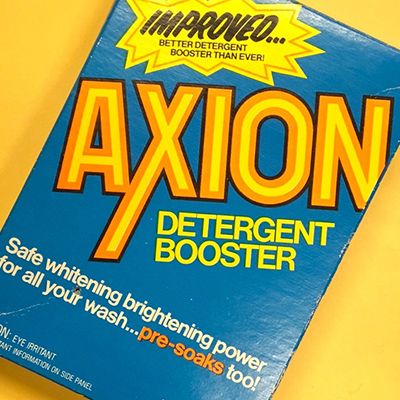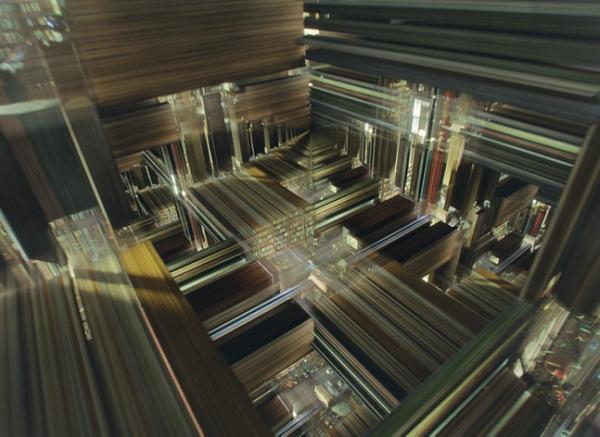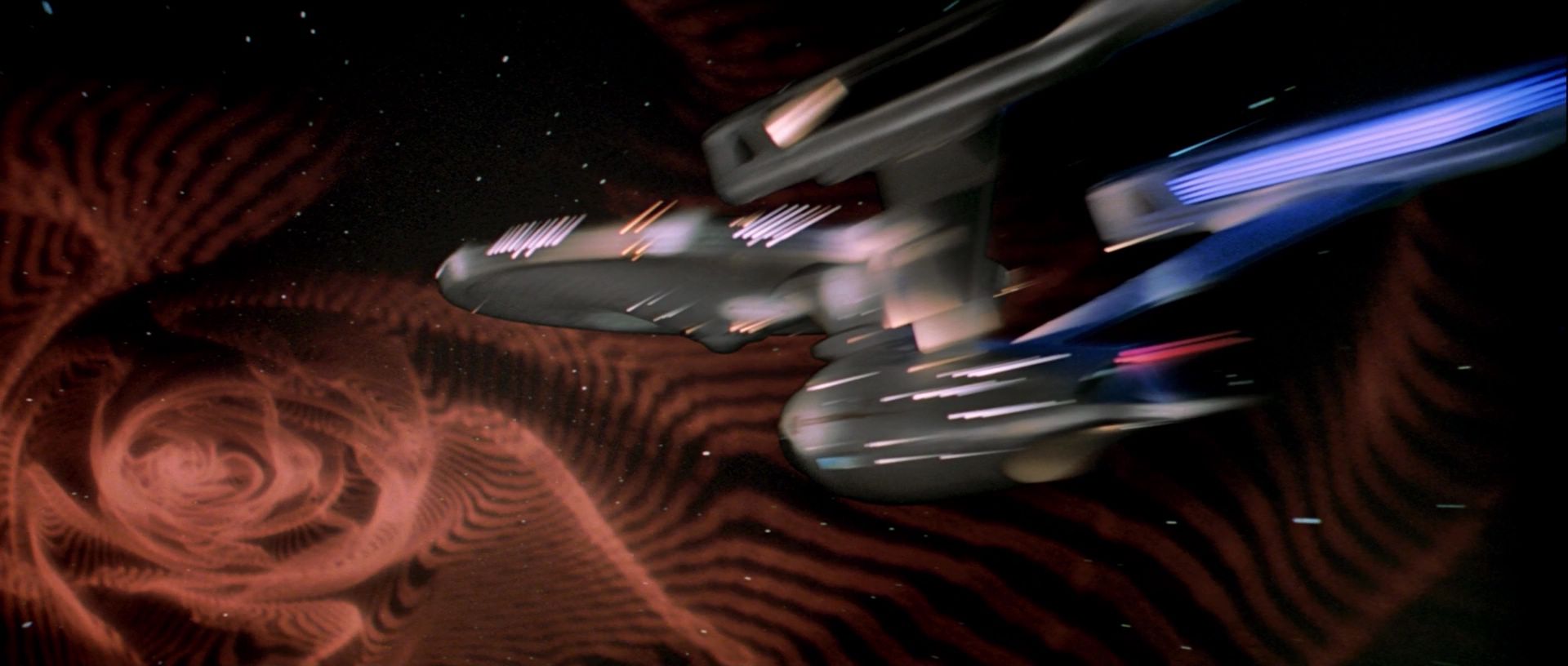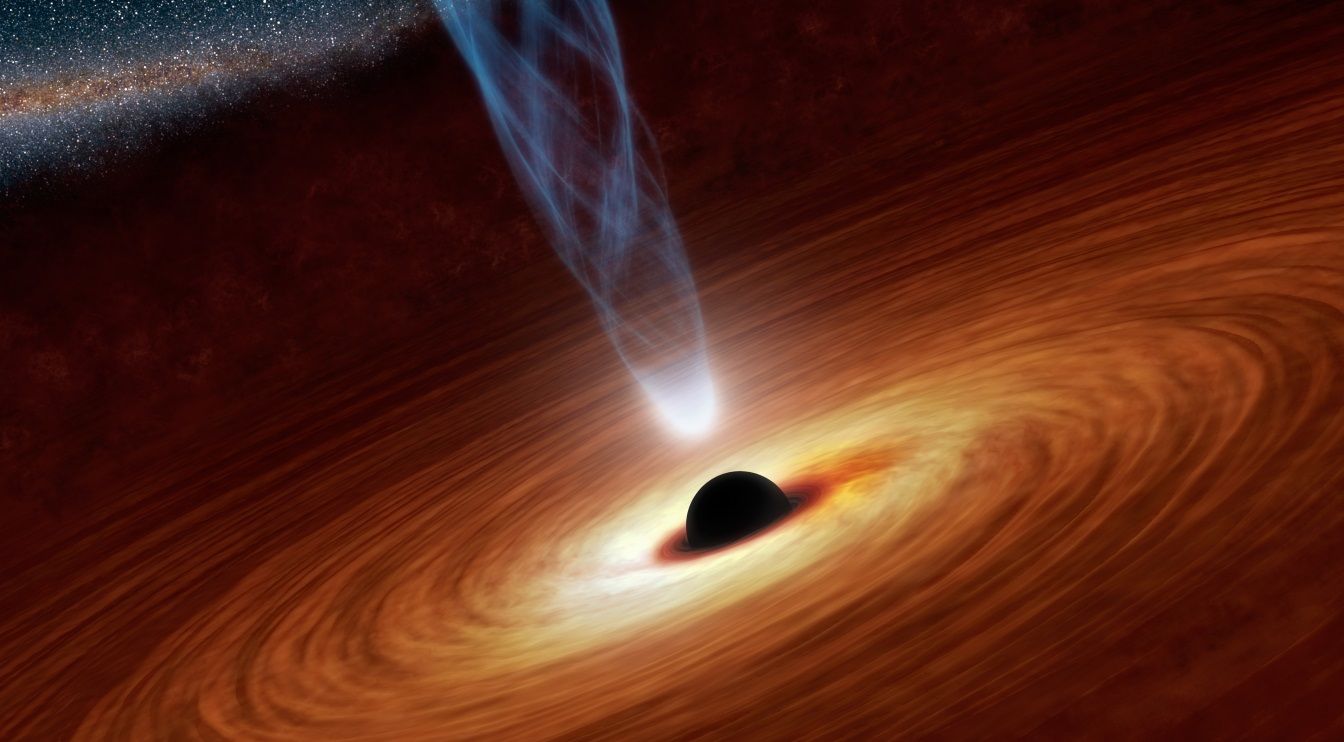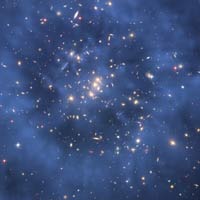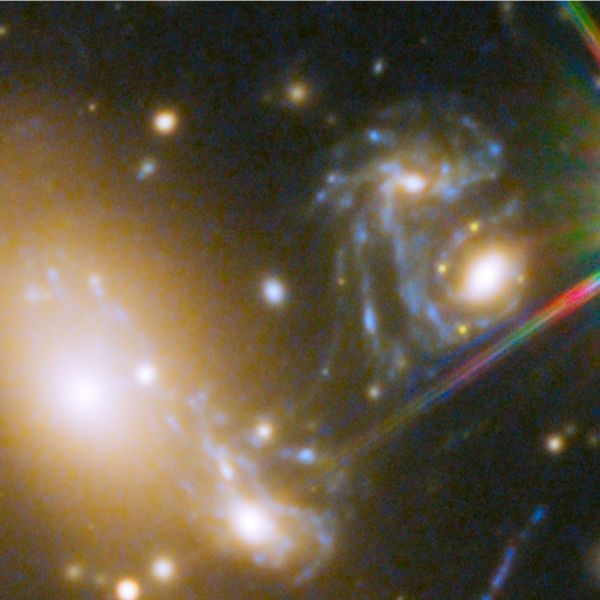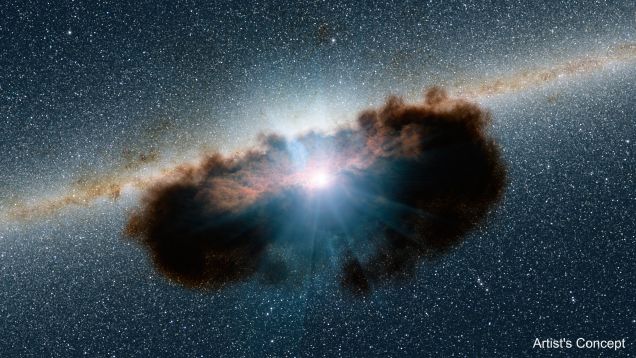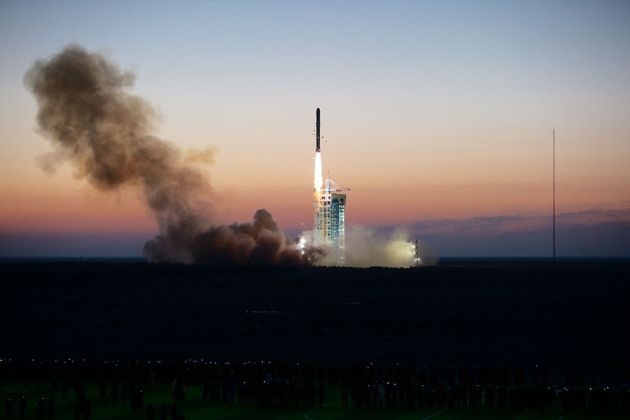A very well done essay by Frank Wilczek about axions, their motivations, their candidacy for dark matter job, and their experimental status.
Archive for the ‘cosmology’ category: Page 396
Jan 7, 2016
More information emerges about new proposal to solve black hole information loss problem
Posted by Andreas Matt in category: cosmology
Last year August, Stephen Hawking announced he had been working with Malcom Perry and Andrew Strominger on a solution to the black hole information loss problem, and they were closing in on a solution. But little was explained other than that this solution rests on a symmetry group by name of supertranslations.
Jan 2, 2016
Researchers say retrieving information from a black hole might be possible
Posted by Sean Brazell in categories: computing, cosmology, physics, space travel
Interstellar is one of the best sci-fi movies of the last decade, imagining a post-apocalyptic human population that needs to be saved from a dying Earth. A nearby black hole has the answers to humanity’s problems, and the brilliant script tells us we can enter a black hole and then use it to transcend space and time. In the film, the black hole also leaks out information that can save us, and it is captured by a complex computer as it’s being entered. That might seem implausible, but since we don’t know a lot about how black holes work, we can certainly accept such an outlandish proposition in the context of the movie.
In real life, however, physicists are trying to figure out how to access the secrets of a black hole. And it looks like some researchers have a theory to retrieve information from it, though it’s not quite as exciting as the complex bookcase that Interstellar proposes.
DON’T MISS: The biggest ‘Star Wars: The Force Awakens’ plot holes explained
Continue reading “Researchers say retrieving information from a black hole might be possible” »
Jan 1, 2016
Wormholes are just quantum entangled black holes, says new research
Posted by Andreas Matt in categories: cosmology, particle physics, quantum physics
Interesting, but older…
Two separate research groups, one of which is from MIT, have presented evidence that wormholes — tunnels that may allow us to travel through time and space — are “powered” by quantum entanglement. Furthermore, one of the research groups also postulates the reverse — that quantum entangled particles are connected by miniature wormholes.
A wormhole, or Einstein-Rosen bridge to give its formal name, is a hypothetical feature of spacetime that exists in four dimensions, and somehow connects to another wormhole that’s located elsewhere in both space and time. The theory, essentially, is that a wormhole is a tunnel that isn’t restricted by the normal limitations of 3D Cartesian space and the speed of light, allowing you to travel from one point in space and time, to another point in space and time — theoretically allowing you to traverse huge portions of the universe, and travel in time.
Continue reading “Wormholes are just quantum entangled black holes, says new research” »
Dec 29, 2015
A new thought experiment shows how we could get information from a black hole
Posted by Andreas Matt in categories: cosmology, physics, singularity
Physicists think they’ve come up with a way to learn a bit about the interior of a black hole — an impossible procedure that shows the insanity of studying the heart of a singularity.
Dec 24, 2015
Confronting the Multiverse: What ‘Infinite Universes’ Would Mean
Posted by Andreas Matt in category: cosmology

Is it possible that our universe is but one of many, with laws that mean nothing in the “pocket universes” that co-exist all around, and through, us? Robert Lawrence Kuhn explores the multiverse with the help of the world’s leading experts on these theori.
Dec 20, 2015
Warp drive and wormholes could be used for time travel, says physicist
Posted by Andreas Matt in categories: cosmology, space travel, time travel
Older, but interesting idea—
Warp drive and stargate wormholes could be used for time travel to the past. That’s the surprising conclusion that controversial theoretical physicist and author Dr. Jack Sarfatti has reached from his research into dark energy and dark matter.
Hubble image of dark matter ring in galaxy cluster
Continue reading “Warp drive and wormholes could be used for time travel, says physicist” »
Dec 18, 2015
Hubble Captures Image of First-Ever Predicted Exploding Star
Posted by Sean Brazell in category: cosmology
Star = Blown.
Mind = Blown.
Astronomer witness the first-ever predicted supernova explosion. The event will allow scientists to test their models of dark matter distribution within the galaxy.
Continue reading “Hubble Captures Image of First-Ever Predicted Exploding Star” »
Dec 18, 2015
We Finally Know What’s Inside These Mysterious Black Hole Clouds
Posted by Sean Brazell in category: cosmology
Awe inspiring stuff, this.
Black holes are some of the strangest objects in the universe. But, just as impenetrable a mystery? The heavy cloud cover encircling some black holes. Now, for the first time, researchers say they’ve managed to get a glimpse inside of one of those clouds. And what they found has some serious implications for our most basic understanding of black holes.
Some black holes are shielded by heavy clouds of gas and dust that are so thick that they’re impossible to see through with our telescopes. The reasons why have plagued scientists. But a brand new X-ray view taken by a joint team from NASA and the European Space Agency of galaxy NGC 1068, and the black hole that lies at its center, just changed all that.
Continue reading “We Finally Know What’s Inside These Mysterious Black Hole Clouds” »
Dec 17, 2015
China’s dark-matter satellite launches era of space science
Posted by Andreas Matt in categories: cosmology, particle physics, science
“The detector could help to clear up some mysteries. In 2013, the AMS announced it had seen hints of dark matter but so far it has detected too few high-energy particles to say for sure. Though DAMPE lacks the equipment to resolve the conundrum directly, it could reveal if the signal is caused by a different astrophysical source, such as pulsars, says Capell.
Although it will collect fewer incoming photons, DAMPE is better at pinpointing their energy than are existing γ-ray telescopes, such as NASA’s Fermi-LAT, says Miguel Sanchez-Conde, a physicist at the Oskar Klein Centre for Cosmoparticle Physics in Stockholm. This capability should allow DAMPE to see sharp spikes in radiation predicted by some dark-matter models.”
